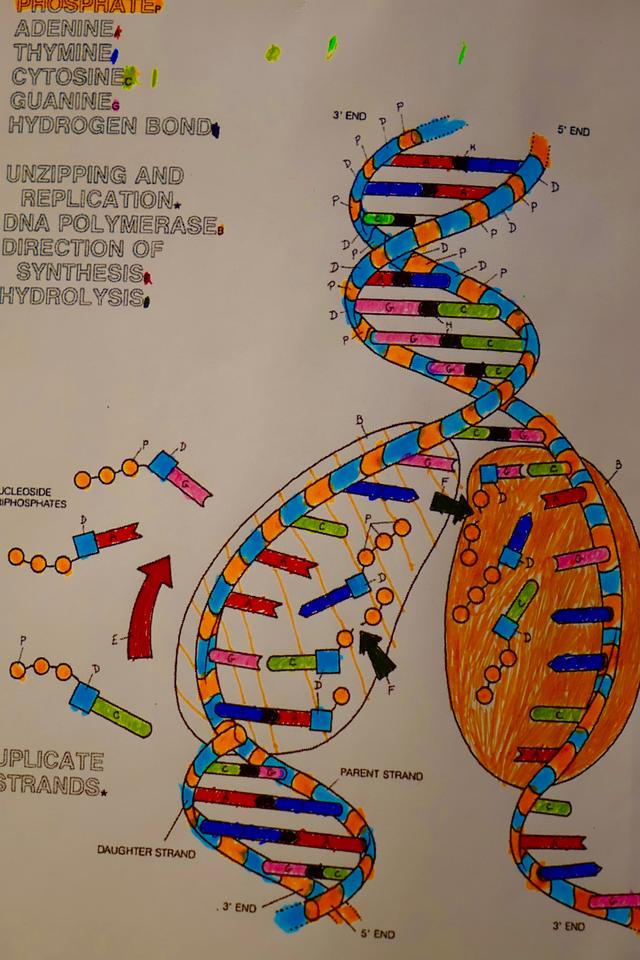Future Treatments For Iron-Deficient Anemia Could Employ Your Genetics
Largely an invisible illness, anemia is nevertheless associated with a wide range of negative health outcomes. Research has estimated that 5.6% of Americans are diagnosed with anemia, forming a cohort of over 18 million people. While there are many reasons for developing anemia, genetics plays a key role in its formation in many people.
Tackling the anemia issue could bring renewed vitality to millions. Symptoms of low-iron syndromes range from low mood linked to anxiety to respiratory depression and heart problems. Current treatments perhaps act as a Band-Aid, or a painkiller – addressing the symptom without tackling the cause.
How iron deficiency is treated
It is accepted that anemia can be an acute condition, brought on through a range of issues including stomach issues or an unbalanced diet, where iron is not properly absorbed in the gut. While this is dealt with properly and fully with iron supplementation, chronic conditions require further investigation and treatment that is often not available. Currently, long-term solutions commonly involve regular iron infusions or tablets. However, this has a knock on effect on the body. A 2016 study published in Oxford Journals’ Nephrology Dialysis Transplantation issue found that high phosphorus levels indicate anemia. Phosphorous is, of course, a key element for the bones and teeth; unfortunately, many mainstream iron treatments cause dangerously low phosphate levels, causing a wide range of symptoms.
Clearly, while anemia can be tackled acutely, long-term responses are not always ideal. Finding a efficacious treatment is the subject of international research, with global iron-deficiency anemia diagnoses totaling over 800m people. The answer could lie in genetics.
How genetics and iron deficiency anemia are linked
Genetics as a source of iron deficiency anemia is not a new concept. Harvard Gazette published a report in 2008 stating that iron anemia, and particularly treatment-resistant forms, had been linked to a gene. Further on, in 2010, Reuters published a story on gene therapy assisting an anemic patient and successfully reducing blood transfusions from a regular occurrence to a tri-yearly affair. This demonstrates background, but what new research has been done into the condition?
In March 2018, research done at the esteemed teaching hospital Temple Street Children’s University Hospital, Dublin, isolated mutations in a child’s genes that enhanced iron deficiency during key developmental years. The significance of this is that, given iron deficiency develops in childhood and often remains, proactive treatment could potentially be taken. As the patient in 2010 was helped with a rare iron deficiency condition, there is potential for gene therapy to be undertaken on more common forms of iron deficiency where the gene mutation has been observed. Indeed, a study by the University of Chile, recently published on ResearchGate, outlines how gene therapy may be efficacious for a wider range of iron deficiency syndromes.
While not an outwardly ‘flashy’ condition, iron deficiency anemia should not be underestimated, and its effects are felt every day across the world. Tackling it will take more than remedial therapies, such as iron replacement, and demand the attention of innovators globally. Through assessing gene mutation, there could well be ways to permanently stem the tide.



